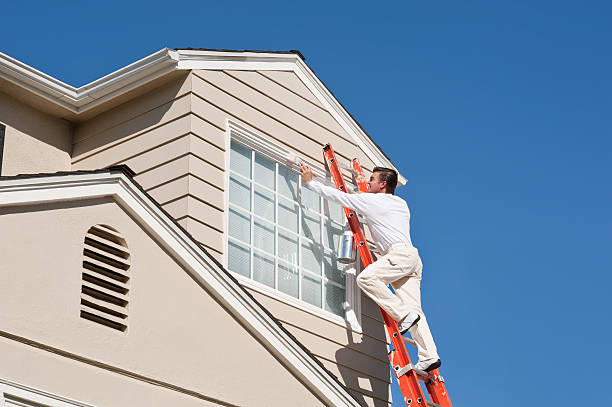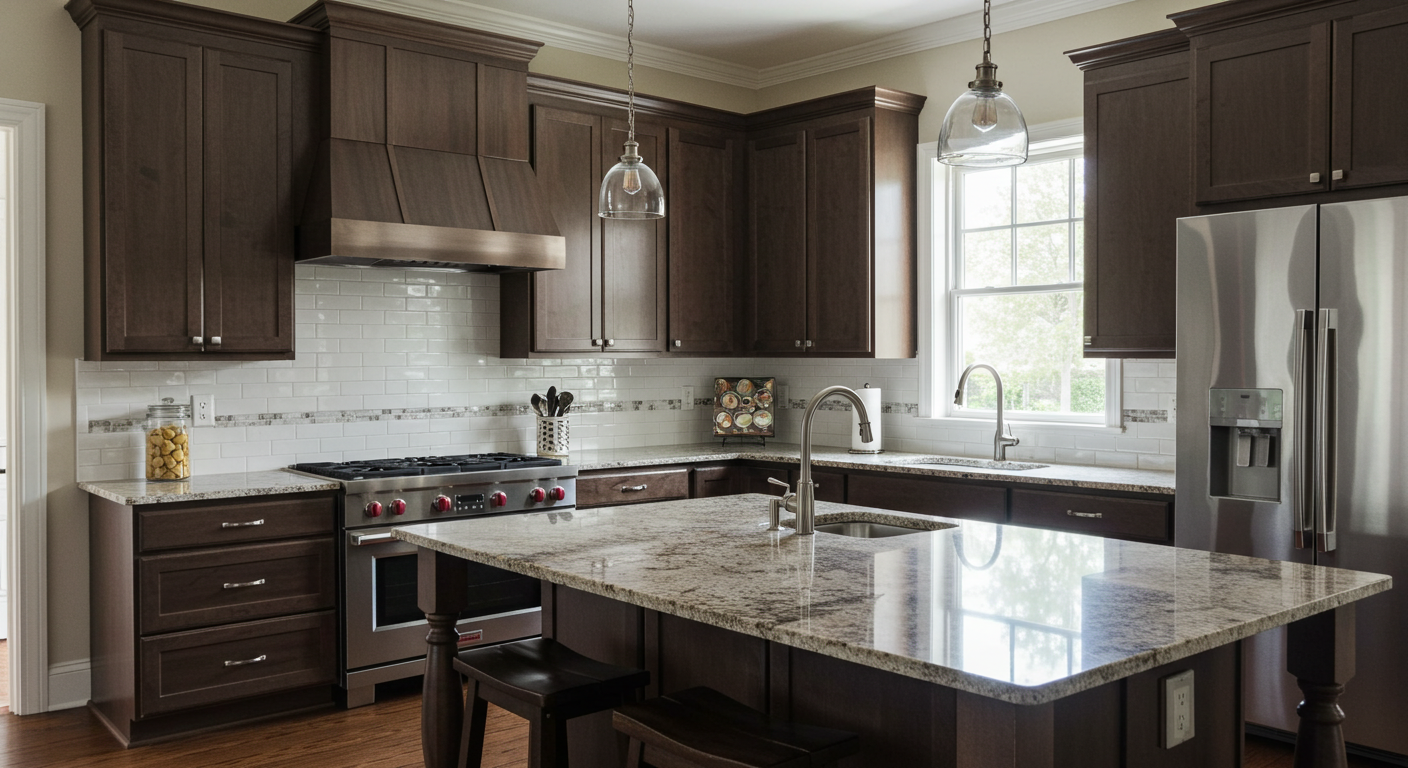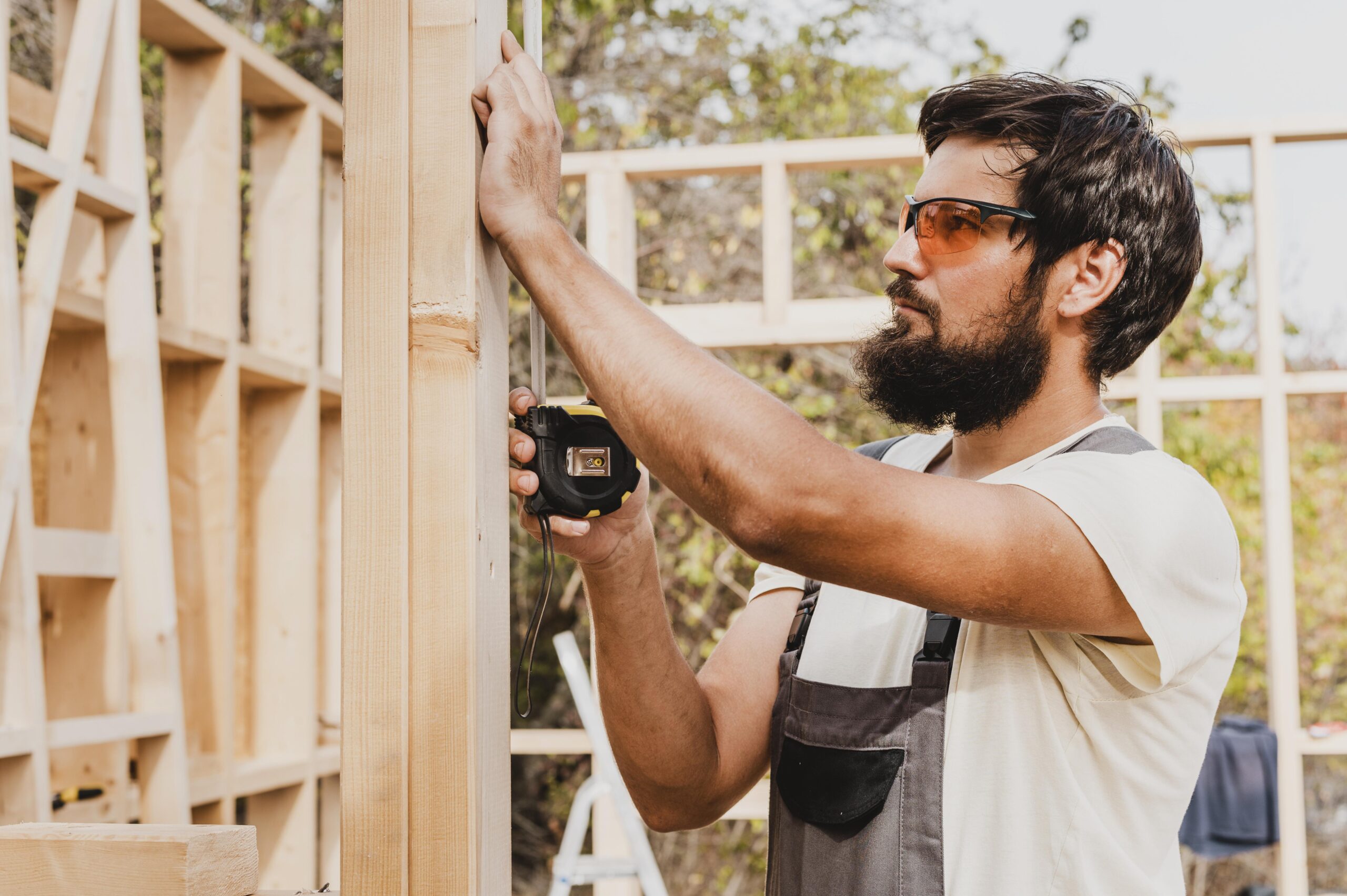Professional Residential Exterior Painting | Boost Curb Appeal
The exterior of your house can be much improved with a new coat of paint, which will also shield it from inclement weather. Painting the outside of your house is an investment that increases the value of your house and prolongs the life of its external surfaces. Professional exterior painting guarantees a perfect and long-lasting finish, whether you’re updating the current hue or going for a total makeover.
Benefits of Residential Exterior Painting
Exterior painting offers numerous benefits beyond aesthetics. It serves as a protective barrier against moisture, UV rays, and extreme temperatures, preventing damage to siding, wood, and other surfaces. A well-painted home increases curb appeal, making it more attractive to potential buyers. Regular painting also helps identify underlying issues such as mold, mildew, and rot, allowing homeowners to address them before they worsen.
Choosing the Right Exterior Paint
Selecting the right type of paint is crucial for durability and performance. High-quality exterior paints are designed to withstand weather fluctuations, resist fading, and provide long-term protection. Acrylic latex paints are a popular choice due to their flexibility, quick drying time, and resistance to cracking and peeling. Oil-based paints, though durable, take longer to dry and may not be as environmentally friendly.
The Best Colors for Exterior Painting
Choosing the right color can enhance your home’s architecture and complement the surrounding landscape. Neutral shades like beige, gray, and white create a timeless look, while bold colors such as navy blue or deep green add personality. Earth tones blend well with natural surroundings, making them an excellent choice for homes in wooded areas. Homeowners should consider HOA guidelines and neighborhood aesthetics when selecting a color.
Preparation Before Exterior Painting
Proper preparation ensures a smooth and lasting finish. The process typically involves:
- Cleaning the Surface – Removing dirt, mold, and peeling paint using pressure washing.
- Repairing Damage – Fixing cracks, holes, and wood rot before applying primer.
- Sanding and Scraping – Smoothing out rough surfaces to ensure even paint application.
- Priming – Applying a high-quality primer for better adhesion and longevity.
The Residential Exterior Painting Process
A professional painting job follows a structured approach to achieve the best results:
- Inspection and Consultation – Evaluating the condition of the home and selecting the right paint.
- Surface Preparation – Cleaning, repairing, and priming the surfaces.
- Taping and Covering – Protecting windows, doors, and landscaping from paint splatters.
- Painting Application – Using high-quality brushes, rollers, or sprayers for an even finish.
- Final Touches and Cleanup – Ensuring clean edges, removing tape, and clearing debris.
Signs Your Home Needs Exterior Painting
It’s essential to repaint your home when you notice the following signs:
- Fading Paint – Sun exposure causes colors to fade over time.
- Peeling and Cracking – Indicates paint failure and exposure to moisture.
- Mold or Mildew Growth – Suggests trapped moisture within surfaces.
- Wood Rot or Chipping – Signals potential structural damage that needs attention.
How Often Should You Repaint Your Home?
The frequency of residential exterior painting depends on factors such as climate, paint quality, and surface material. On average:
- Wood Siding – Needs repainting every 5-7 years.
- Stucco – Can last 7-10 years before requiring a fresh coat.
- Brick – Typically repainted every 15-20 years if previously painted.
- Vinyl and Aluminum Siding – May need repainting every 10-15 years.
DIY vs. Professional Exterior Painting
While DIY painting may seem cost-effective, hiring professionals ensures a superior and long-lasting finish. Experts have the right tools, experience, and techniques to handle challenges like high walls, detailed trims, and weather conditions. They also use high-quality paints and coatings that provide better durability and protection.
Frequently Asked Questions (FAQs)
1. What is the best time of year to paint a home’s exterior?
Spring and early fall are ideal due to moderate temperatures and low humidity, ensuring the paint dries evenly.
2. How long does an exterior painting project take?
The timeline depends on the home’s size and weather conditions, but most projects take 5-7 days to complete.
3. Can I change my home’s exterior color completely?
Yes! A professional can guide you through color options that complement your home’s style and surroundings.
4. What is the average cost of residential exterior painting?
Costs vary based on home size, paint type, and labor, but typically range from $3,000 to $8,000.
5. How can I maintain my home’s exterior paint?
Regular cleaning, inspecting for damage, and touch-ups can extend the lifespan of your paint job.
Conclusion
Residential exterior painting is an effective way to enhance your home’s beauty, protect it from the elements, and increase its value. Whether you’re maintaining your property or preparing to sell, a fresh coat of paint makes a significant impact. Hiring professional painters ensures a high-quality, durable finish that will keep your home looking its best for years to come.












Post Comment